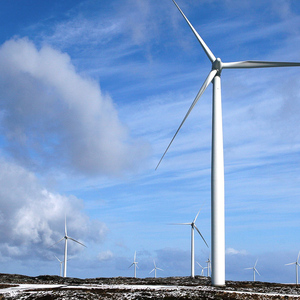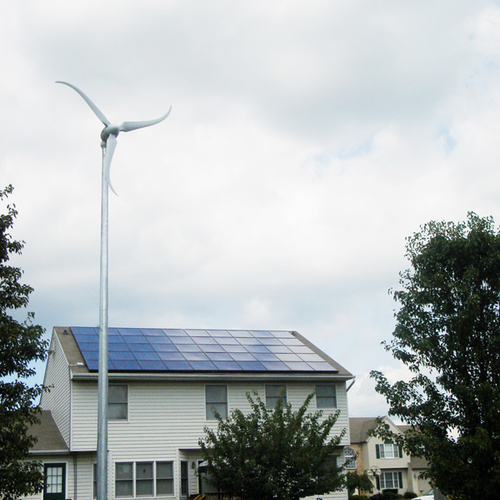
Image Credit: U.S. Energy Information Administration
It’s looking like an off year for wind production in parts of the far West.
The U.S. Energy Information Administration (EIA) says wind speeds in parts of California, Oregon and Washington were roughly 20% to 45% lower in January than the five-year average, bringing even sharper reductions in wind-generated electricity.
Output is measured as the “capacity factor,” which is the amount of power a turbine actually produced when compared to how much it could have produced had it been running at full tilt. For selected wind turbines in the three-state region, the capacity factor was about 50% lower than the January average over the past five years.
The website North American Wind Power called the shortfalls over the first three months of the year “severe,” nearly 50% lower than forecasts.
Lower wind speeds, however, weren’t universal. While the far West had less windy conditions, Wind Power said other parts of the U.S. and Canada had above-normal wind speeds in January. Central Canada, for example, showed 20% greater wind speeds, with Montana, North and South Dakota, and much of Minnesota and Nebraska showing speeds 5% to 10% above normal.
To get an accurate comparison over time, the EIA based its report on the output of wind plants that went into operation before 2010. By the end of 2009, those three states had a total of 6.3 gigawatts of wind capacity, which grew by another 5.3 GW by the end of 2014. Electricity production increased accordingly–from 12,882 gigawatt-hours in 2009 to 28,614 GWh in 2014.
Investors have to roll with the punches
As the year has gone on, the EIA said, wind production in California has improved and now looks more in line with five-year averages. By May, for example, capacity factors had climbed from January lows of about 5% to about 40%, about what forecasters would expect.
But in Oregon and Washington, output was still below average. “In general, performance this past spring tended to be lower the farther north the turbines are located, with Washington turbine performance more than 25% below average levels in March, April, and May,” the agency said.
California typically seems to show less variation in output than either Oregon or Washington.
In Washington, capacity factors normally fall in late spring, but this year, May’s average was roughly 23% while the normal level would be closer to 40%.
Variations in output are normal, but when production falls off unexpectedly it requires grid operators to find other sources of power on short notice, the EIA said. “Furthermore,” it added, “because the federal tax credit for utility-scale wind energy is based on generation volumes, lower wind speeds mean reduced tax credits.”
Declines in power production worry owners and grid operators, and they also can affect wind farm investors. Pascal Storck, global manager of energy services at Vaisala, which provides wind resource mapping, said investors have to take the long view.
“In our view, these anomalies are nothing unusual or outside the range of what we would expect when looking at the long-term data,” he told Wind Power. “From our long-term database of multiple global models, we have observed periods of over- or under-performance that can last for several years and, in some cases, as long as a decade.”
Weekly Newsletter
Get building science and energy efficiency advice, plus special offers, in your inbox.















0 Comments
Log in or create an account to post a comment.
Sign up Log in